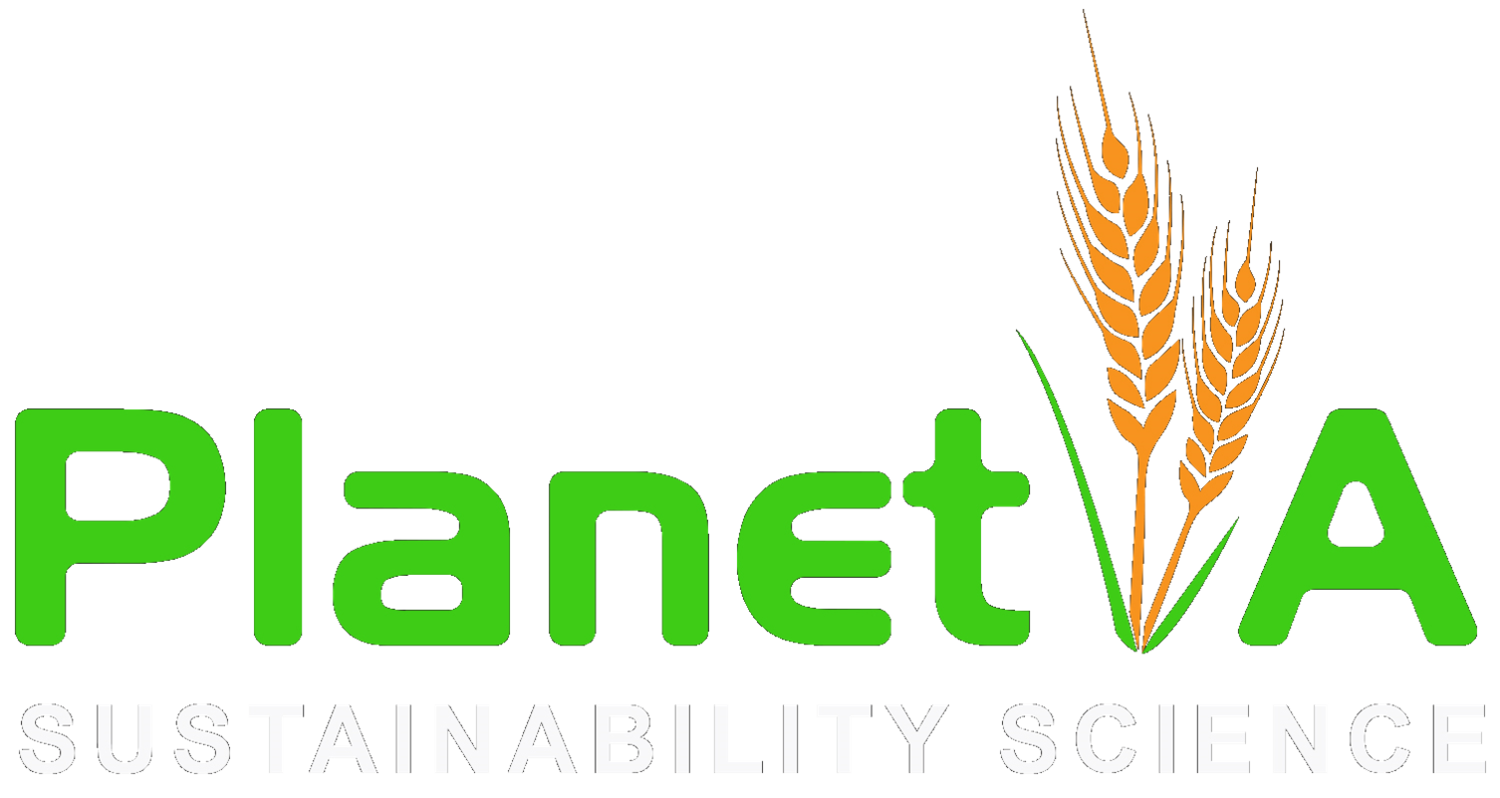Linking Responsible Consumption and Production: A Global Assessment of Cropland Use for Agri-Food Production.
2021
Authors
Mohammad Abdullah Shaikh, Michalis Hadjikakou, Ozge Geyik, Brett Bryan.
Abstract
Sustainable Development Goal 12 requires countries to achieve responsible consumption and production patterns without exceeding safe environmental limits for natural resource use. However, little is known about how cropland impacts from the agri-food sector contribute to the exceedance of national environmental limits for consumption and production. Using a multi-regional input-output model, we linked the cropland impacts of agri-food production to countries of consumption while considering the exceedance of production-based and consumption-based environmental limits. We defined national consumption-based environmental limits via the fair-share approach and quantified national production-based environmental limits according to the biophysical limit of available arable land. We then classified countries into quadrants according to their exceedance of consumption and/or production environmental limits. We found that the USA, Australia and other high-income countries were exceeding both consumption-based and production-based environmental limits. High-population but low-income countries such as India and China were within safe consumption-based environmental limits but exceeded production-based environmental limits. Brazil and other countries of the Americas incurred substantial environmental costs due to the conversion of forests into cropland to produce food for export. We identified patterns in international trade relationships that could inform national-level responsible agri-food consumption and production patterns across the global supply chain, thereby contributing to Sustainable Development Goal 12. More stringent regulations and commitments in national and international policies are required to reduce the exceedance of consumption-based and production-based environmental limits and avoid exceeding the global land-system change planetary boundary.
Figure 2. Maps of the percentage of national environmental limit exceedance for (a) consumption and (b) production of cropland. Positive numbers (red colour) indicate environmental limit exceedance while negative numbers (green colour) indicate the country is within its environmental limits. Yellow and orange colours indicate potentially safe and unsafe uncertainty zones, respectively.


